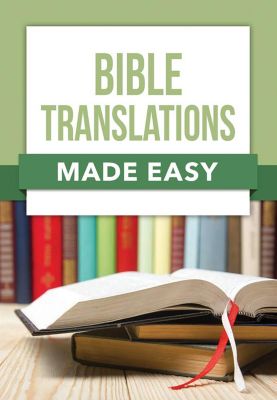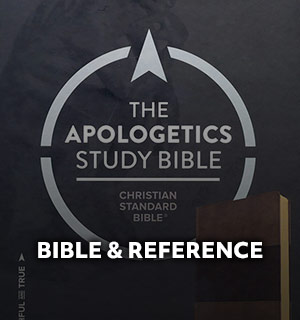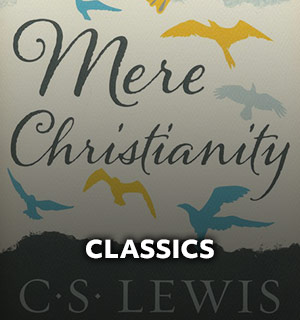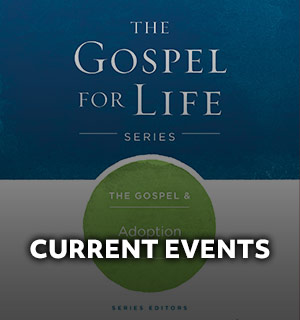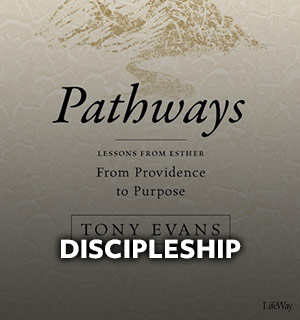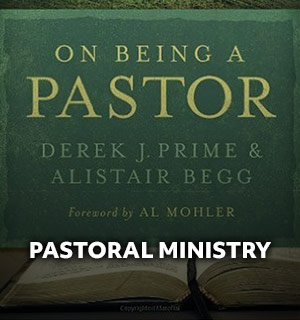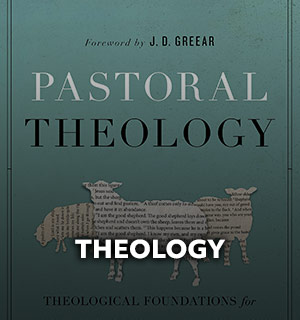
By Chris Hulshof
In the early 1900s, the makers of Doan’s Backache Kidney Pills adopted the advertising slogan “Every Picture Tells a Story.” And that’s still true today—not just in advertising but also in the church.
Every month, the Evangelical Christian Publishers Association (ECPA) provides a snapshot of Bible readers with their Bible Translations Bestsellers list. This picture tells a story of the church based on the Bibles people are purchasing and, one would hope, using.
A glance at this snapshot reveals the ongoing story between the modern church and Scripture. There are four storylines worth noting when you consider the most recent Bible Translations Bestsellers list:
| 1 | New International Version |
| 2 | New Living Translation |
| 3 | English Standard Version |
| 4 | King James Version |
| 5 | Christian Standard Bible |
| 6 | New King James Version |
| 7 | Reina Valera |
| 8 | New International Reader’s Version |
| 9 | New American Standard Bible |
| 10 | The Message |
1. People want to read a Bible that’s readable.
Sitting atop the current top-ten list are two translations of Scripture—the New International Version (NIV) and the New Living Translation (NLT)—that focus on readability. Both the NIV and NLT are functional translations based on a thought-for-thought translation paradigm. Further, both translations are on the 6th to 8th grade reading level. This makes both translations readable for most individuals. That these two translations continue to occupy a spot in the top five is an indication that, for those who want to read the Bible, they want a Bible they can read.
The simple enjoyment of reading God’s Word can become the foundation to further knowledge of the Scriptures. — Chris Hulshof Click To TweetThe modern-day Christian isn’t as knowledgeable of the Bible as previous generations. This reality can foster an approach to Christian education that focuses on the lack of biblical knowledge. Perhaps a better way forward in stemming the tide of biblical illiteracy is to encourage the reading of faithful translations that highlight readability. A positive emphasis that is directed to the simple enjoyment of reading God’s Word can become the foundation to further knowledge of the Scriptures. Similarly, enjoyment in reading God’s Word can translate into a desire to be a better student of God’s Word.
2. Challenging linguistic, literary, historical, and cultural concepts may need more clarification than you think.
Near the bottom of this top ten list sits the New American Standard Bible (NASB). It has been in and out of the top ten over the past couple of months. In the middle of the pack is the English Standard Version (ESV). These two translations follow a word-for-word concept. This translation philosophy places them in the formal category and puts them on a 10th or 11th-grade reading level.
One strength of these translations is their ability to richly communicate words or ideas in a passage. While the language of these translations may seem archaic or difficult, it’s often necessary. Consider 1 John 2:2. In the ESV this passage reads, “He is the propitiation for our sins, and not for ours only but also for the sins of the whole world.” The word propitiation is a theologically significant term in this passage. It’s also used in the NASB translation of 1 John 2:2. The theological roots of this term are important and stretch back to the Old Testament.
We need to faithfully explain the theologically wonderful facets of words like "propitiation" in a way that enables our congregations to grasp its meaning and embrace its use when discussing Christianity. — Chris Hulshof Click To TweetHowever, propitiation is a word we seldom use and often only encounter on the pages of Scripture when we’re reading a formal translation. We can’t let such a rich theological word disappear from our vocabulary. To prevent this loss, we need to faithfully explain the theologically wonderful facets of this word in a way that enables our congregations to grasp its meaning and embrace its use when discussing Christianity.
3. The demographic landscape of the church is changing.
According to Biblegateway.com, the Reina Valera is “the basic text most used by the evangelical Spanish-speaking church. It is the most beloved translation of Spanish-speaking Christians because it retains the traditional style of the Spanish language.” This translation continues to appear in the middle of the top ten list. Its consistent presence on this list is a reminder of the opportunity churches must engage the Spanish-speaking community in their cities.
It could be easy for pastors to dismiss an outreach to Spanish-speaking individuals by citing this type of ministry as something more relevant for larger cities. However, failing to investigate the need for a Spanish-speaking ministry within one’s community demonstrates a failure to understand the way the American culture and community have shifted over the past decade.
Failing to investigate the need for a Spanish-speaking ministry within one’s community demonstrates a failure to understand the way the American culture and community have shifted over the past decade. — Chris Hulshof Click To TweetFor pastors, perhaps a simple step forward would be to consider the feasibility of an ESL (English as a Second Language) program within their churches. It was through such a program that the church I formerly pastored in rural west Michigan began ministering to the Spanish-speaking community in the area. One young man who came into our church through our ESL program now serves as a deacon in the church. In a predominately Dutch congregation where family roots run deep, this leadership role highlights the impact of thinking globally about one’s community.
4. While church traditions may be changing, two traditional Bible translations remain popular.
It seems that every few years a new translation or new study Bible based on a newer translation emerges. It may seem like there would be little space remaining for the King James Version (KJV) and the New King James Version (NKJV). Yet, these two traditional translations continue to hold their own on this monthly bestseller list. Indeed, they show no signs of fading into the sunset.
The presence of these two historic translations serves to remind pastors they must continually strike a balance between new ministry programs and what is good in the history and tradition of their churches. As churches embrace new ministry opportunities, pastors must never forget those sitting in front of him on a Sunday morning whose connection to the past can be seen in their love for the KJV or the NKJV. These two translations represent the Bible they’ve studied, memorized, and held dear. Their affection for these traditional translations reflects their love for the historicity and conventionality of the Christian faith.
As churches embrace new ministry opportunities in the future, pastors must never forget those sitting in front of him on a Sunday morning who have deep connections with the past. Click To TweetOne way to strike a balance may be to demonstrate your familiarity with the King James Version or New King James Version. I am just old enough that the first passages of Scripture I memorized were out of either the KJV or the NKJV. Rather than relearning these verses, I continue to recite them from these traditional translations. When I do, I notice those who are older than me seem to appreciate my use and understanding of something they thought I was too young to care about.
Every picture tells a story. This monthly Bible Translations Bestsellers snapshot is a glimpse into how we can encourage Bible reading in our congregations, identify areas of necessary theological education, expand the kingdom in our changing community, and honor the heritage of those who faithfully paved the way for future generations of believers.

Chris Hulshof
Chris is an associate professor and department chair for Liberty University’s School of Divinity where he teaches courses in Old Testament survey, inductive Bible study, and theology of suffering and disability.


